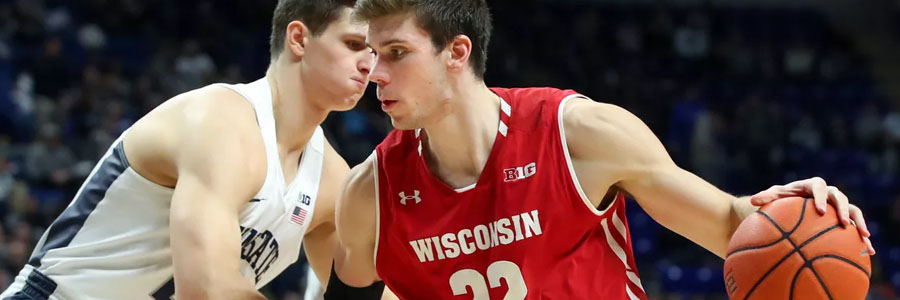If you’re a college basketball betting aficionado that is fired up about the quickly-approaching 2019 March Madness national championship tournament and you’re looking for some expert assistance that could help you cash in early and often over the course of the hugely popular tournament, then consider your ticket punched!
I’ve got seven sweet rules for you to follow that will undeniably help you make the most out of each and every March Madness betting pick you plan on making this year.
Seven Rules for Betting on 2019 March Madness
The Men’s Basketball Committee will announce its current top 16 teams on Saturday at 12:30pm ET on CBS.
Bernard Muir, the committee chair, previews the reveal & walks us through the selection process with @TheAndyKatz. pic.twitter.com/BE1eKFO6js — NCAA March Madness (@marchmadness) 6 de febrero de 2019
Do Your Homework
Look, you can listen to experts’ opinions about who will win it all or you can be more proactive and take a more hands-on approach. Simply put, you need to gather as much pertinent information as you can about almost every team in the field and particularly those small school teams that you might not know much about.
Get to know each team’s key players and how they’ve performed against elite competition. Taking matters into your own hands by doing your ‘own’ homework is an absolute must March Madness college hoops bettors.
Find Value-Packed Low Seeds
One of the most important rules to follow when betting on March Madness is to identify lower seeds that are offering big value.</p.
For instance, least one First Four team has reached the round of 32 in all six years of the format and at least one First Four team has been to the Sweet 16 in three of the past six years. Now, that’s some serious value – and the fact that this trend keeps occurring means it’s clearly not just luck.
Identify Dangerous Small School Programs
It doesn’t take a rocket scientist to know that in today’s times, small school programs have made a habit of rising up and taking out their higher seeded opponents – and it’s not just the early rounds these lower seeds are doing damage in anymore.
Last year, UMBC became the first No. 16 seed to ever knock off a No. 1 seed when they took down Virginia by a whopping 20 points, 74-54 last year. No. 11 Loyola-Chicago dispatched No. 6 Miami, No. 3 Tennessee, No. 7 Nevada and No. 9 K-State before falling to No. 3 Michigan in the Final Four.
No. 13 Buffalo smacked No. 4 Arizona senseless in their tourney opener, No. 10 Butler took out No. 7 Arkansas and No. 13 Marshall beat No. 4 Wichita State. The point is, look for those small conference schools that look dangerous – because they really are in today’s college hoops world.
Remember, Styles Makes Matchups!
Just like boxing, MMA or tennis, when it comes to March Madness, styles make for intriguing matchups – and upsets. For example, a fast-paced team that likes to shoot it early in the shot clock may do well in a shootout against a similar team whose defense is as lax as theirs.
However, this same fast-paced, no-defense-playing team could struggle mightily in a contest against a methodical team that likes to walk the ball up the floor and play half-court basketball to neutralize their deficit in speed or athleticism. Make no mistake about it, style of play is absolutely huge once the national championship tournament gets underway.
Identify Struggling Teams
Teams that struggle late in the regular season or in their conference tournaments, need to be monitored closely because it’s a strong possibility that their lack of focus will carry over into the national championship tournament.

Remember, no team that has lost its opening-round conference tournament matchup has ever gone on to win the national championship.
Identify Streaking Teams
Just like identifying struggling teams is a wise thing to do, the same goes for identifying streaking teams.
Ballclubs that have gotten hot late in the regular season or either go on to win – or make deep runs – in their respective conference tournaments more often than not, carry that same play – and confidence over into the national championship tournament. Remember, there’s nothing like momentum heading into any postseason.
Back a No. 1 Seed To Win It All!
Since the NCAA Tournament was expanded to 64 teams in 1985, 21 of the 34 teams to win the national championship have been a No. 1 seed. Picking the right No. 1 seed to win it all can be difficult, but there’s a high probability that a top-seeded team will win it all.








